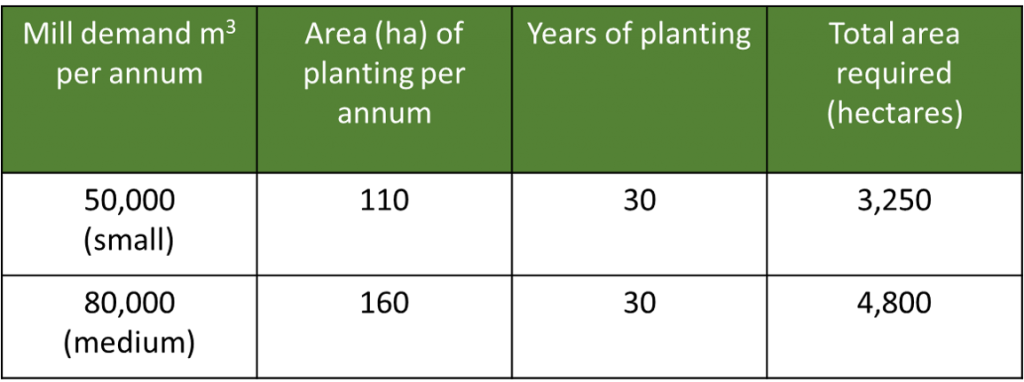Phone: 03 577 2395
C/- Marlborough Research Centre Trust, PO Box 875, Blenheim 7201


NZDFI has a vision of creating up to 12 regional hardwood industries based on centralised processing operations supplied by growers in surrounding wood supply catchments. Landowners, industry and local authorities in priority regions can work with NZDFI to develop cohesive, long-term plans.
NZDFI began by considereing Marlborough, Hawke's Bay, Wairarapa as its priority regions - regions with generally moderate winter temperatures and hot dry summers. Landowners in these regions are now actively planting durable eucalypts. Long-range climate predictions indicate summer droughts in these areas will become more frequent and intense.
We have learnt through our trial network that durable eucalypts have good potential on selected sites in other regions including Northland, Gisborne/East Coast, Taranaki and parts of the central North Island and North Canterbury. Growers are establishing durable eucalypt plantations in all these regions.
In Marlborough we have completed a full regional case study looking at the economic and environmental benefits of developing a durable eucalypt industry. We have also looked in some detail at how a wood supply catchment might work in the Wairarapa and Hawke's Bay.
A recent study by Scion* provides a full analysis of the implications of a small or a medium-sized regional hardwood processing operation. A small-scale operation is estimated to require 50,000 cubic metres of logs per annum; a medium-scale operation requires 80,000 cubic metres of logs per annum.
The NZDFI planting target for each wood supply catchment is 5,000 hectares over 30 years. This level of planting would sustainably provide sufficient volumes of timber to justify investment in a processing operation. Surplus timber would go to additional markets which may develop, or for export.

Table 1: level of annual planting needed over 30 years to create a catchment forest resource to sustainably supply small and medium processing operations.
Employment created by a regional hardwood industry based on a small-scale processing operation
Further employment would be created in, for example, transport, administration, and support services.
Overall economic contribution of one regional hardwood industry
*Assessment of afforestation and future wood processing opportunity with non-radiata species - Wairoa District, Peter Hall, Scion, 2020.
Landowners growing durable eucalypts outside the main catchments will have the option of either transporting logs further for processing or utilising what we envisage will be an up-skilled mobile sawmilling sector to process harvested trees. Processed timber could then be used on-farm, sold to other local landowners e.g. for fencing and outdoor construction, or transported to higher-value markets.
NZDFI is working to develop the NZ small-scale sawmilling sector.
C/- Marlborough Research Centre Trust, PO Box 875, Blenheim 7201